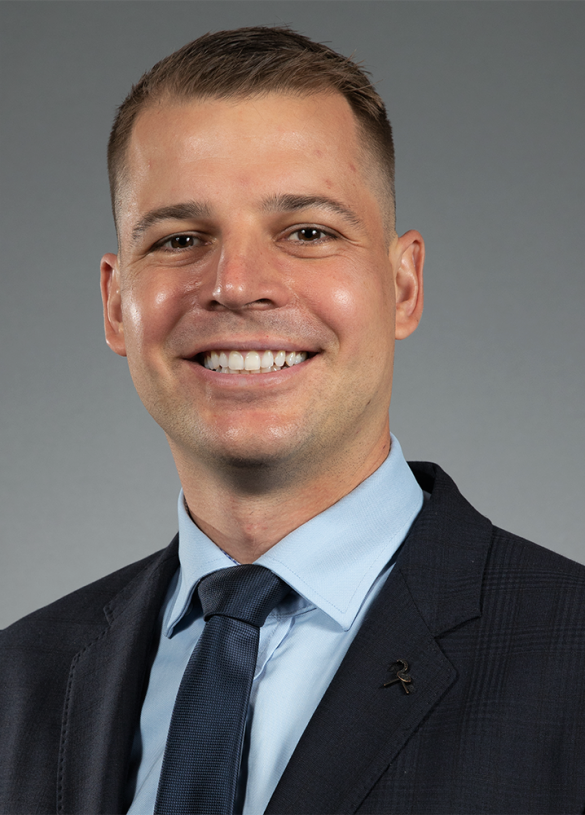Why do you need to monitor and follow the radiology exams so closely?
In the past, we did not have a method to flag exams that were not meeting specific service level agreements (SLAs). If a patient or exam were delayed, it could take 6–7 hours before we knew there was an issue, and that led to unsatisfied providers and decreased our overall efficiency. Some SLAs are set to 48 hours from order to signed report, which makes delays detrimental. We needed to ensure we could identify issues in the workflow as soon as they occurred.
What benefits has the analytics dashboard provided so far?
The tool is great, and it allows us to see our entire workflow from beginning to end. It offers parameters such as when the patient arrives, when the exam has started and finished, when the primary read is done, when the report is created, and lastly, when the report is vetted and sent to the Epic EMR and made available to our referring physicians. We can directly monitor and act promptly if an SLA is in risk of not being met. We now work more proactively instead of quenching fires reactively. I also like that it is very user friendly and all on one page.
Another benefit I would like to highlight is that the dashboard provides high transparency of the workflow. Without mentioning numbers, I can say that it has considerably improved both efficiency and the quality of the radiology services we provide, since we now can instantly identify if something is broken and react accordingly.
Who are the primary users of the analytics dashboard today?
It is primarily the radiology coordinators—the persons acting between the radiologists, technologists and the providers ordering the radiology exams. We are looking forward to optimizing the process by including the emergency department so they may quickly follow reports on urgent cases. That will improve their ability to offer faster care to patients with life-threatening symptoms and hopefully save lives.
What is your plan with the analytics dashboard going forward?
We want to expand the use of the dashboard to providers so they can track their patients. We also plan to invite the APRN (Advanced Practitioner Registered Nurses) to use the system. This will allow them to follow their patients in the radiology process and will take pressure off the technologists who receive patient-update phone calls.




